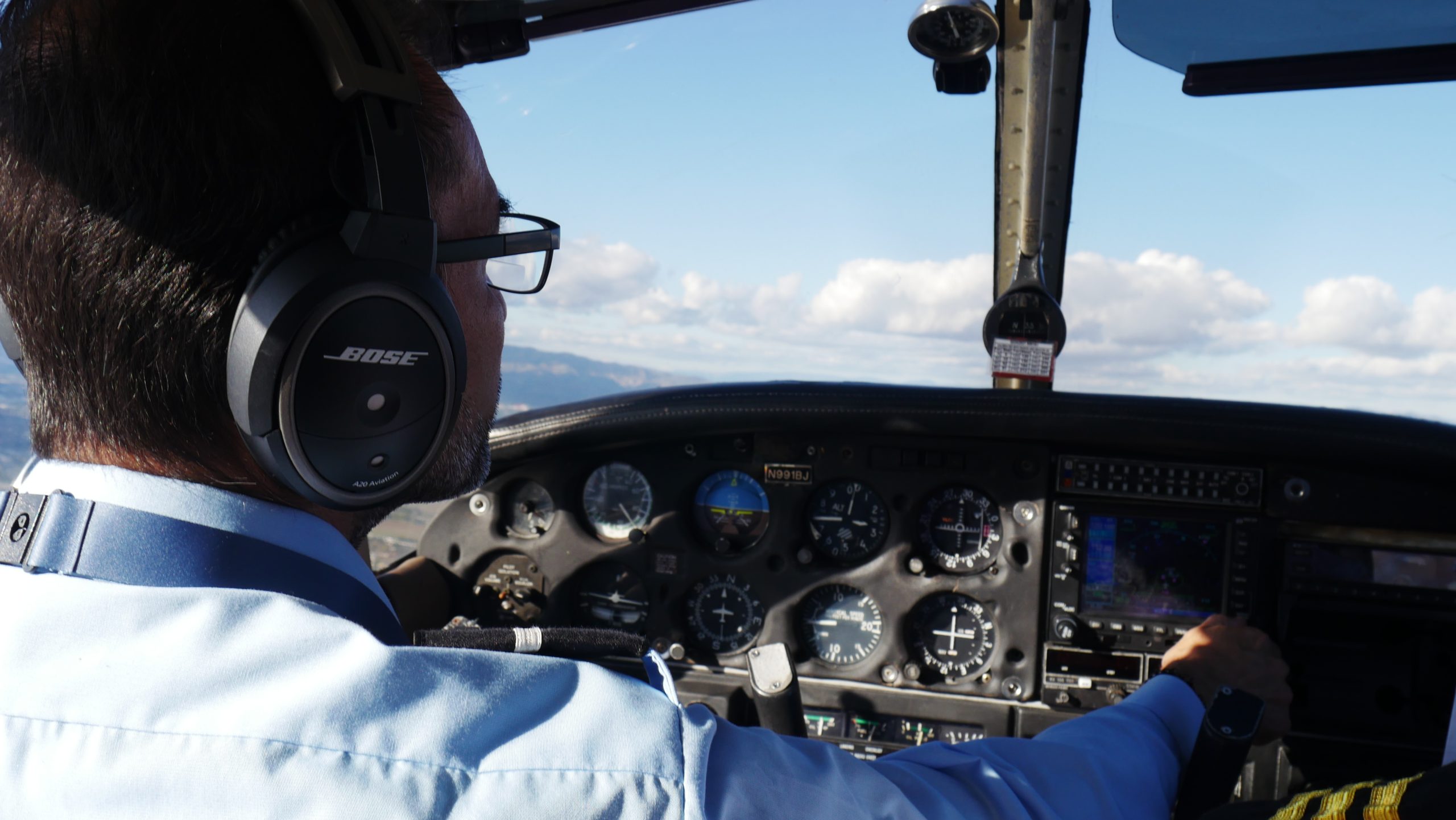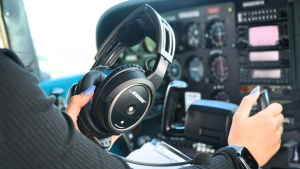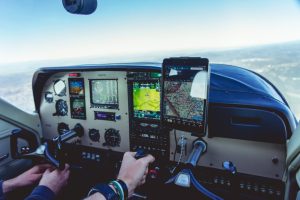
The aviation industry is highly regulated to ensure the safety of passengers and crew members. Two of the most prominent regulatory bodies are the European Aviation Safety Agency (EASA) and the Federal Aviation Administration (FAA). While both organizations have a similar objective, they have different approaches, rules, and regulations. In this article, we will take a closer look at the key differences between EASA and FAA.
Geographic Coverage: EASA covers all European Union (EU) member states, while the FAA is responsible for the regulation of civil aviation in the United States. The EASA also has some responsibility for aircraft registered in non-EU countries that operate within the EU.
Certification Standards: The FAA and EASA have different certification standards for aircraft, engines, and other aviation products. EASA has more stringent requirements for environmental protection and noise reduction, while the FAA has a more flexible approach to certification. This can result in a different lead time and cost for aircraft manufacturers seeking certification from either organization.
Regulations: Both organizations have different regulations for the operation and maintenance of aircraft. The FAA has a more hands-off approach, allowing the operator to have more control over the maintenance of the aircraft. EASA, on the other hand, has a more prescriptive approach to regulation, requiring regular maintenance checks and audits by the regulatory body.
Approach to Safety: Both organizations have a strong commitment to safety, but they have different approaches to achieving this goal. The FAA has a risk-based approach, which focuses on identifying and managing the risks associated with aviation operations. EASA has a more prescriptive approach, with a focus on setting and enforcing specific standards.
Conclusion
In conclusion, EASA and FAA are both important regulatory bodies that play a crucial role in ensuring the safety of air travel. While they have different approaches and regulations, they both have a common goal of promoting safe and efficient aviation operations. When choosing an aircraft, it is important to consider the regulations of both organizations and ensure that the aircraft meets the required standards for certification and operation.





